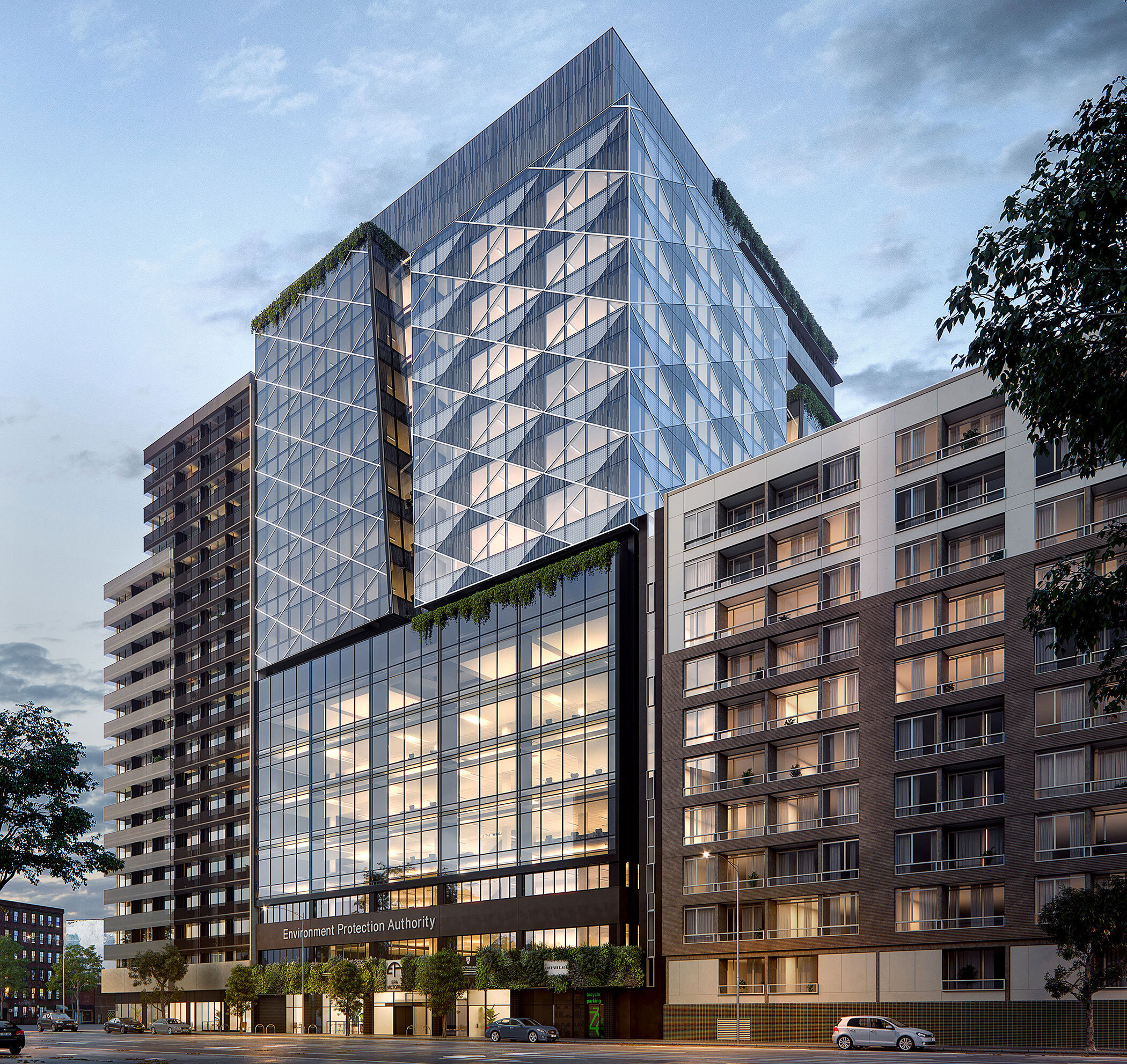Vertical Expansion Uplifting Option Post-Pandemic
The question at the forefront of everyone’s mind is what the demand for office space will be post Covid-19.
After three months in isolation working from home, the novelty of this newfound freedom has made even the most introverted of us realise that we want more from the office than just somewhere to work.
We have all adapted very quickly to the remote collaboration, but it is not the same. We are social creatures and crave the interaction we get from the office environment.
There is much speculation, and how things will change remains to be seen. The only certain thing is that the commercial office space will change, and tenants will demand high quality resilient spaces.
Prior to Covid-19, the Melbourne office market was in a strong position with record-low vacancy rates.
In February, Melbourne’s CBD office vacancy rate of 3.2 per cent was the lowest in the nation and at its record-low level.
“Almost 400,000sq m of new supply will come to the market in 2020, the biggest annual increase in three decades for which almost 90 per cent is pre-committed.”
With 400,000sq m relocating to new spaces, asset owners will be looking to backfill existing stock.
WSP managing director Magnus Meyer says that companies are well aware that they could make do with less office space, but they may have realised that they need better, more resilient office space.
“This crisis is probably going to accelerate the need for modern, flexible office space with lots of services,” Meyer said.
“The buildings that will suffer will be the older ones that tenants just don’t want any more—they’re just the wrong product.”
The majority of these buildings are going to require repositioning to meet tenant expectations.

With more than 50 per cent of the building requiring refurbishment, they will need to be upgraded to comply with the current building code.
This creates a rare opportunity to review existing buildings that may be underdeveloped by current development standards and changed planning policies.
A vertical expansion can increase the value of an existing asset and provide additional net lettable area to the owner without the cost of purchasing a site, creating a more desirable product, reducing the risk of vacancy and potentially creating additional earnings.
The extent of the pandemic’s impact on the economy remains to be seen, but we need to continue development activity, continue investment, and deploy capital to ensure growth.
While people remain cautious of large, long-term investment, a lower-risk financial approach might be for owners to consider value adding to existing assets, including solutions such as building extensions.
In order to understand the feasibility of this option, download the full white paper to explore the cost considerations of adding a vertical expansion to an existing building asset.
With every building possessing its own complexities, the balance between the value of space versus the cost of construction—be it monetary or otherwise—will determine the viability of a vertical extension to an existing asset.
Kelly Wellington is a dedicated architect with over two decades of experience in designing and delivering large and complex projects both locally and internationally.
The Urban Developer is proud to partner with Gray Puksand to deliver this article to you. In doing so, we can continue to publish our free daily news, information, insights and opinion to you, our valued readers.














